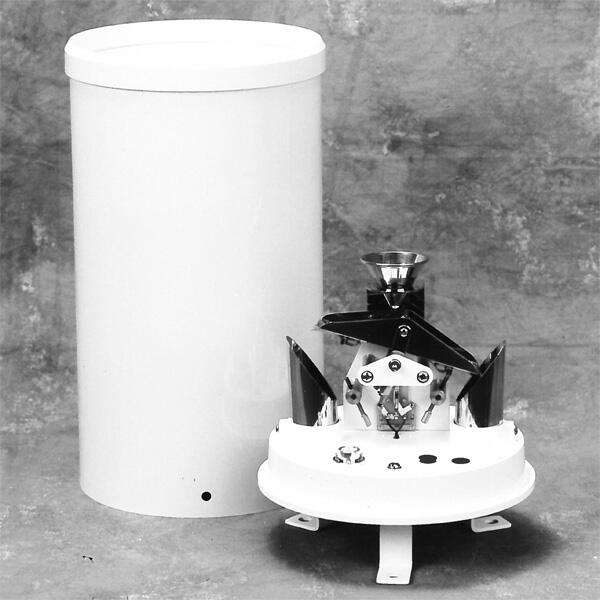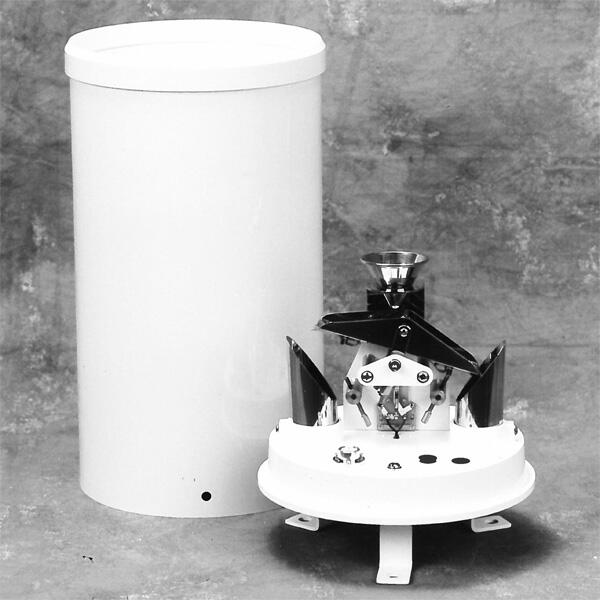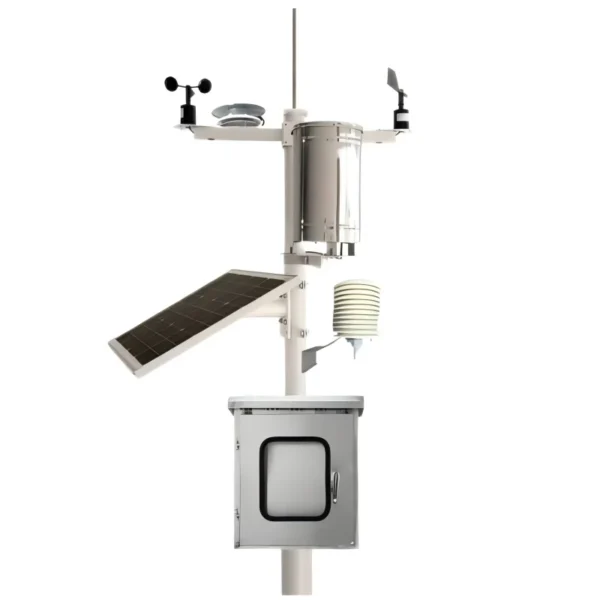Rain Gauge Applications in Weather Monitoring and Water Resource Management

# Rain Gauge Applications in Weather Monitoring and Water Resource Management
Rain gauges are essential tools in meteorology and hydrology, providing critical data for weather monitoring and water resource management. These devices measure the amount of precipitation over a specific period, offering insights into rainfall patterns and helping professionals make informed decisions. Below, we explore the key applications of rain gauges in these fields.
## Weather Monitoring
Accurate weather forecasting relies heavily on precise precipitation data. Rain gauges play a pivotal role in this process by collecting real-time rainfall measurements. Meteorologists use this data to:
– Predict weather patterns and issue warnings for severe conditions like floods or droughts.
– Analyze historical rainfall trends to improve long-term climate models.
– Monitor localized weather events, such as thunderstorms or monsoons, to assess their impact on specific regions.
By integrating rain gauge data with other meteorological instruments, such as anemometers and barometers, forecasters can create comprehensive weather models that enhance public safety and preparedness.
## Water Resource Management
Rain gauges are equally vital in managing water resources effectively. They provide data that helps in:
– Calculating water availability for agriculture, industry, and domestic use.
– Designing and maintaining irrigation systems to optimize water usage.
– Assessing the impact of rainfall on groundwater recharge and surface water bodies like rivers and lakes.
In regions prone to water scarcity, rain gauge data is indispensable for developing sustainable water management strategies. It enables authorities to allocate resources efficiently and implement conservation measures during dry spells.
## Types of Rain Gauges and Their Applications
Different types of rain gauges are used depending on the specific application:
– Standard Rain Gauges: Ideal for manual measurements in small-scale weather stations.
– Tipping Bucket Rain Gauges: Commonly used in automated weather monitoring systems due to their ability to record real-time data.
– Weighing Rain Gauges: Suitable for measuring snowfall and mixed precipitation, making them valuable in colder climates.
Each type has unique advantages, ensuring that rain gauge data is accurate and reliable across diverse environments.
## Conclusion
Rain gauges are indispensable tools in both weather monitoring and water resource management. Their ability to provide precise precipitation data helps meteorologists predict weather events and enables water managers to allocate resources sustainably. As climate change continues to impact global weather patterns, the importance of rain gauges in these fields will only grow, making them a cornerstone of environmental and societal resilience.
Keyword: rain gauge uses

